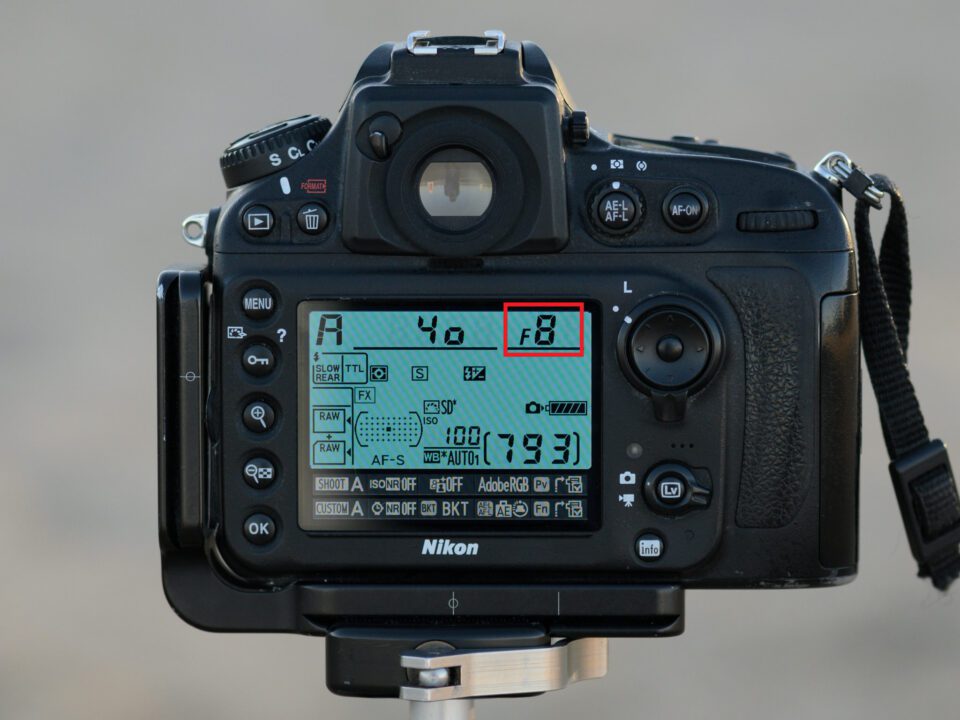
Your camera calculates it automatically, so no need to remember these equations. The light-capturing potential of F-stop, shutter speed & ISO, is known as the Settings Light Value.

#What is aperture setting iso#
ISO can amplify the Light Value, but this comes at the cost of image noise. The combination of the light captured from a specific aperture diameter over a specific exposure time is known as the Light Value.

Aperture diameter, determined by f-stop.There are two ways you can increase or decrease the amount of light captured. Milky Way & Night Sky: -11 to -7 Settings Light ValueĪ camera sensor is a light-capturing device. The amount of light metered from the scene is known as the Scene Light Value. Metering approximations are not perfect, but educated guesses by the camera sensor.Metering does not depend on camera settings.Exposure Value (EV) BasicsĪll digital cameras have a reflected light “meter” that guesses how much light is coming off any scene.

The shutter speed can be increased or decreased by using ISO, F-Stop, or Exposure Compensation (+/-EV). When a specific shutter speed is required, such as: It’s a waste of time to adjust the shutter speed for every shot when it’s only required once in a while.
#What is aperture setting how to#
You should also learn how to take a double exposure with a digital camera and how to add an old manual camera lens to a camera, especially if you want an even better image quality.Aperture Priority Mode requires the photographer to select the: In other words, set a small f-number to increase the amount of light allowed through the lens. The smaller the f-stop number, the larger the hole. The higher the f-stop number, the smaller the hole. The trick? These numbers operate in contrast to how you might think. Each f-stop, otherwise known as the f-number, illustrates how small or large the aperture opening is. The actual process here will differ depending on your camera, but here is some crucial information.Īperture is measured in number increments called f-stops. Control your photographic destiny by manually adjusting the aperture in the settings menu. Manual ModeĪutomatic mode is a great way to quickly and efficiently snap some photos, but it does rob you of some creative decisions.

While you are in the settings menu, you can learn how to remove the IR filter from a digital camera and how to operate a digital camera in P mode. These three settings combine to form the exposure triangle. This mode will allow your camera to make minute adjustments to the aperture, the shutter speed, and the ISO setting. You can rely on your camera’s automatic mode. If you are just starting out, you may not need to manually adjust the aperture at all. Still, these guidelines will help you become familiar with aperture adjustment, which can come in handy when you want to learn how to shoot a wide-angle lens with a digital camera or perform other feats of photographic splendor. The process here will differ depending on your camera lens and the make and model of your camera itself. How to Set the Aperture on a Digital Camera Experiment with aperture, depth of field, and shutter speed combinations via the shutter button to create some unique effects, such as motion blur, the bokeh effect, and more.


 0 kommentar(er)
0 kommentar(er)
